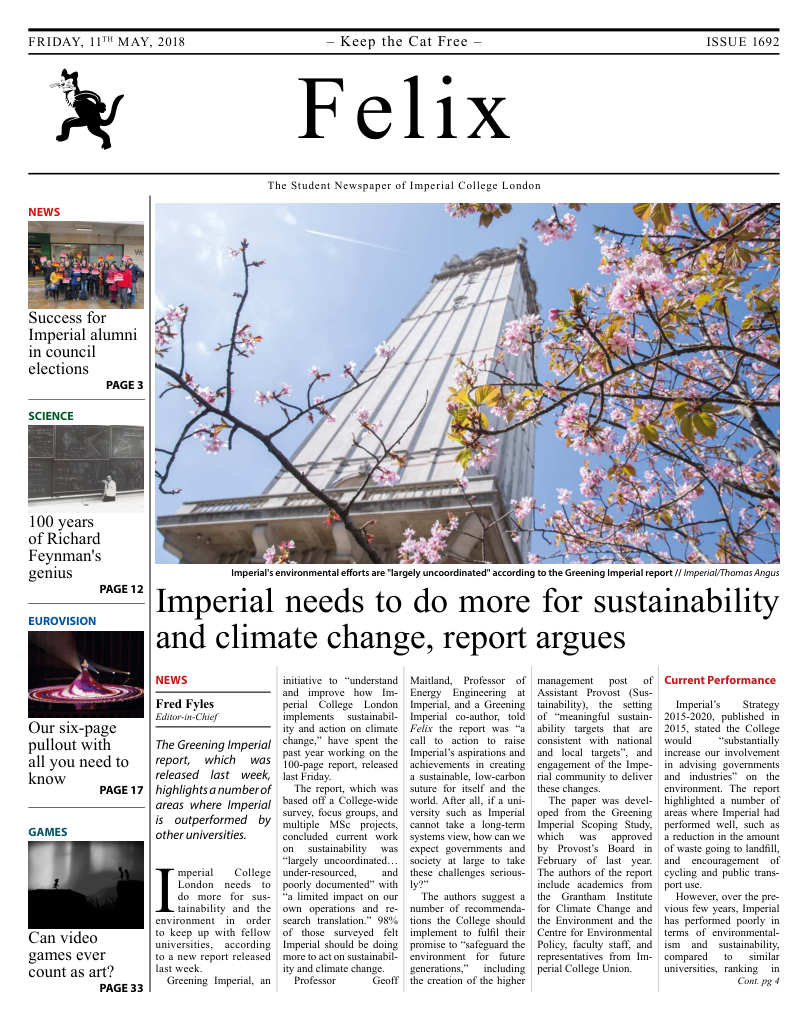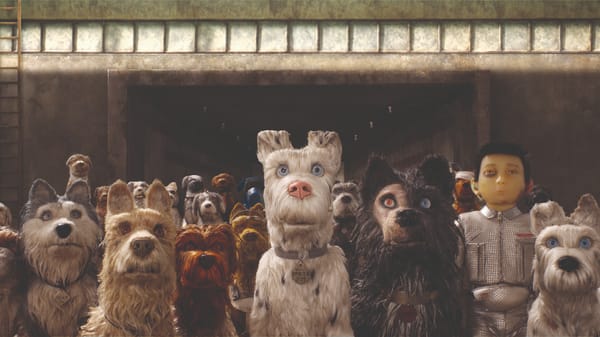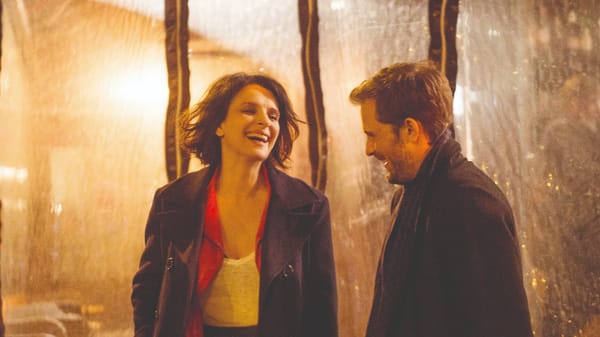Lean on Pete: Transmissions from the Interior West
Andrew Haigh’s latest release is a new direction for the filmmaker, but sees him expanding his horizons for a modern-day western.

What is a Western? While everybody might know a film is a Western when they watch it, the actual definition is – as with any attempt to define cultural movements – difficult to pin down, squirming and wriggling away like a slippery eel. The American Film Institute has defined the Western as films “set in the American West that embody the spirit, the struggle and the demise of the new frontier” – a classification that fails to take into account the work of Japanese directors like Kurosawa, or subgenres like the post-apocalyptic western.
However, within this definition is a kernel of truth: a western must deal with characters facing up against a harsh landscape, upon which they stake their claim.
In that respect, Lean on Pete, the latest film from British director Andrew Haigh, is most certainly a Western. At its centre is Charley (Charlie Plummer), a 15-year-old living in Portland with his father; abandoned by his mother, and essentially left to raise himself by his father, Charlie begins working for Del (Steve Buscemi), a cynical horse-racer whose horizons are dwindling. After he finds out his favourite horse, Lean on Pete, is bound for the glue factory, he ‘liberates’ the animal, and the two begin their epic journey across America.
“The shift into Western is a surprise for Haigh, following his previous work”
The shift into a Western is a surprise for Haigh. His breakout film, Weekend, focussed on the first 48 hours in the relationship between two men in Nottingham; introspective and humanistic, it resembled some of the best work by Richard Linklater, and became a landmark drama within queer cinema. His follow-up, 45 Years took the opposite approach to relationships and time, with Tom Courtenay and Charlotte Rampling playing a couple about to celebrate their 45th wedding anniversary, whose lives are disrupted by the emergence of a hidden secret. With Lean on Pete, a much more sprawling work, in a completely different setting, Haigh is setting himself a challenge.
While Haigh’s last two films have focussed on the relationships between individuals, and the intimacy that can develop – both over hours and years. Central to his work is what his characters say – or, in the case of 45 Years, what is left unsaid. Lean on Pete, however, due to its narrative structure, consists of not so much a dialogue, but rather a soliloquy from Charley, delivered to the horse and the land and the sky. It’s a risk by Haigh, one that leaves relative newcomer Plummer the chance of being over-exposed; while this vulnerability is the desired effect, there was no guarantee that it would be the outcome. Luckily, for both Haigh and the audience, it works.
Buscemi is similarly brilliantly wry and bitter as Del, and he is ably supported by Chloe Sevigny, who appears as a burnt-out jockey, whose career has been marked by a series of injuries. While it might be surprising to see two actors so associated with New York be transplanted to Oregon, but both manage to make their characters feel real and lived-in.
“The imagery in Haigh’s films have undergone a transformation from intimate to expansive”
The film belongs, however, to Plummer. At only 18, the assurance with which he handles his difficult role is exceptional; despite facing on extreme hardships, Plummer never allows the audience to forget that, underneath it all, his character is still essentially a child, one who will struggle to deal with his experiences once the credits roll. Haigh, similarly, who adapted the script from a novel by Willy Vlautin, highlights the harsh nature of the American wilderness, centring on the bleak, inhospitable, beautiful terrain.
The imagery used in Haigh’s films have been undergoing a period of transformation from the intimate to the expansive; like the Eames’ Power of Ten, Haigh has been slowly pulling away, moving away from close-ups into a more monumental exploration of nature. Weekend, filmed mostly within cramped confines of flats and cars and clubs and buses, was a study of interiors. In 45 Years, meanwhile, the domestic interior of the couple’s house was juxtaposed against the flat, misted landscapes of Norfolk – as evocative as any Yorkshire moor. With Lean on Pete, Haigh pulls out dramatically, in an exuberant celebration of the Interior West. The boy and his horse become small figures, crushed between the twin horizontals of sky and land – two limitless expanses that are simultaneously freeing and oppressive.
Despite a slight bagginess to the film, which could have been edited down slightly, particularly towards the end, Lean on Pete marks three for three for Haigh, who is able to bring his humanistic film-making to any genre. Lean on Pete will evoke comparisons to the work of Kelly Reichardt – Haigh is as adept as Reichardt at capturing the twin loneliness and freedom of the natural world – but as Haigh continues his directorial journey, it’s exciting to see where he might land next.










